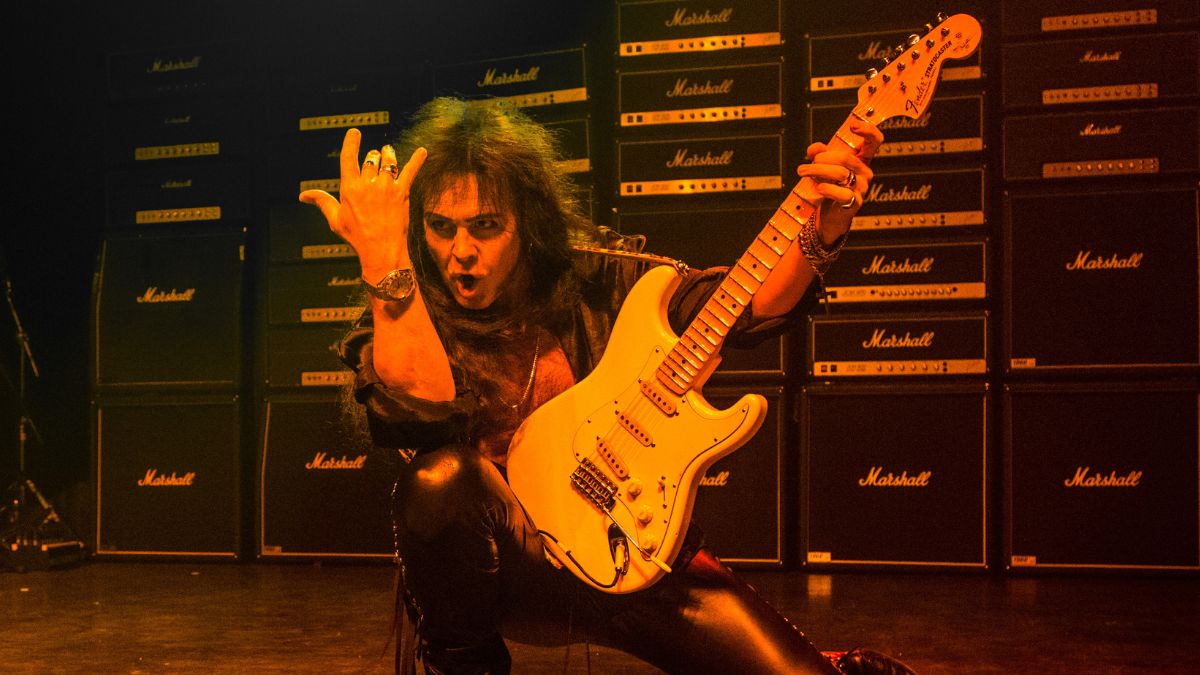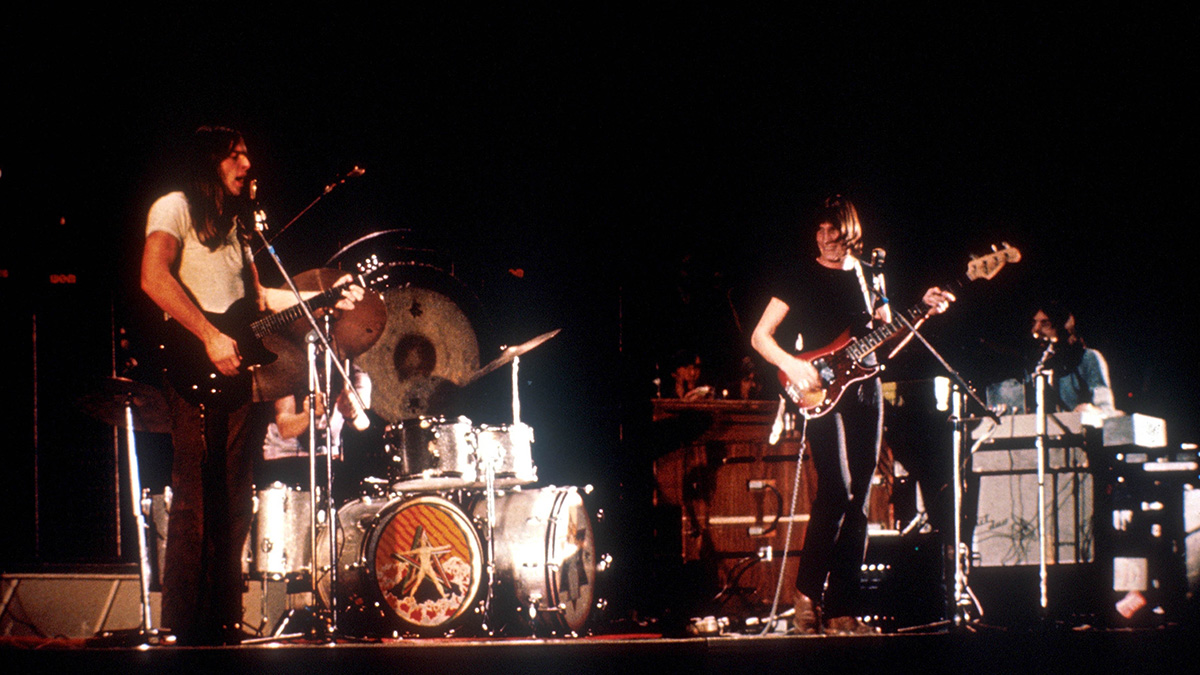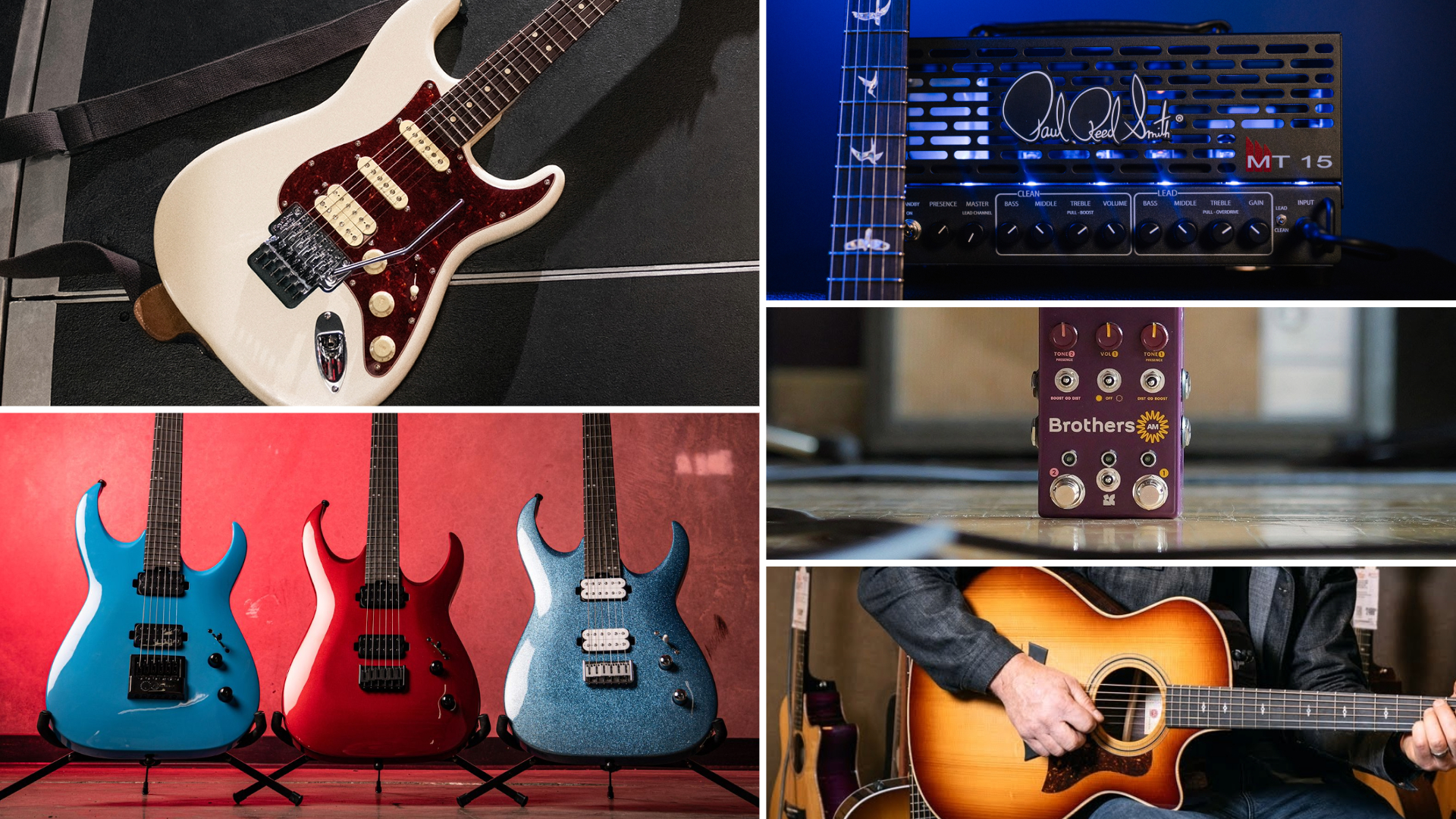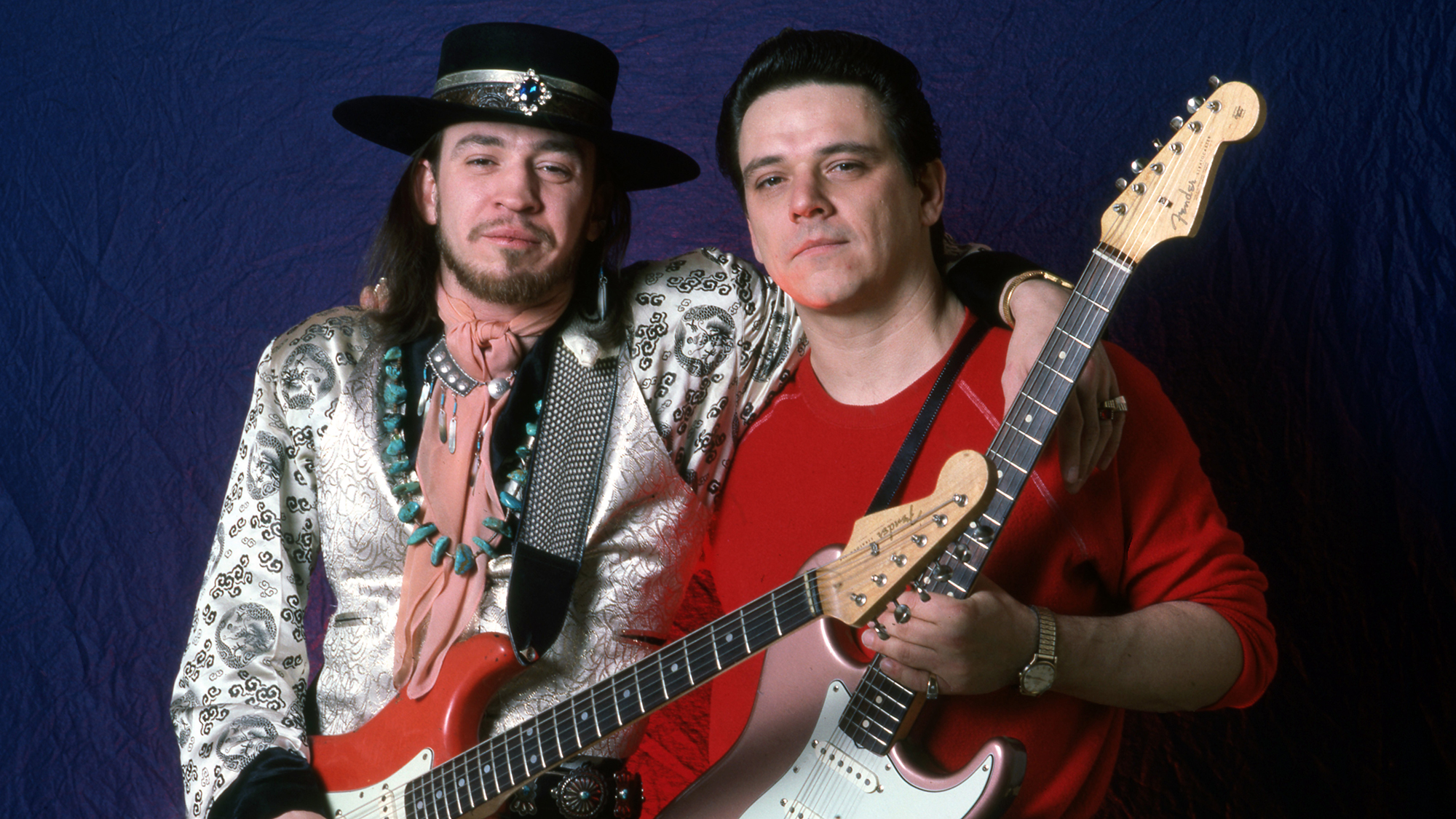“Once the modelers caught up to tube amps in their tone, it was all over for me”: Mark Hoppus explains why he switched to Kemper and Quad Cortex for blink-182’s mammoth arena shows
The blink-182 bassist conducted tone tests to make sure the modelers could match his previous tube rigs

Mark Hoppus has become the latest high-profile artist to sing the praises of amp modelers, as he revealed he recently switched to the Neural DSP Quad Cortex for blink-182’s run of arena shows.
In an exclusive interview with Guitar World/Bass Player to celebrate the release of his new signature Jaguar Bass, Hoppus says he changed up his rig after conducting exhaustive tone tests in the studio.
“I used Kempers for years and recently switched to a Neural Quad Cortex,” he tells Guitar World. “Once the modelers caught up to tube amps in their tone, it was all over for me.
“We were in Conway Studios in LA tracking, with my full cabinet/head setup on one channel and my Kemper tone on another channel, and no-one in the room could tell the difference between the two.
“At that point, why pay to freight hundreds of pounds of gear around the world? My whole live rig fits in one rack now.”
Prior to his digital amp conversion, Hoppus had been a die-hard tube user, employing Ampeg SVT heads and 8x10 bass cabs for blink’s early noughties heyday, before picking up an Undertow 300 from Minnesota boutique co New Vintage Amps for their first reunion. He made the switch to Kemper in 2016.
Hoppus joins the growing ranks of big-name players making the switch to Kemper, Quad Cortex and Axe-Fx units. Guitarists as diverse as Dave Mustaine, Mark Knopfler and Jimmy Eat World have upended their rigs, while bass pros including Aerosmith’s Tom Hamilton, Slipknot’s Alessandro ‘Vman’ Venturella and Dirty Loops’ Henrik Linder have also made the jump.
Get The Pick Newsletter
All the latest guitar news, interviews, lessons, reviews, deals and more, direct to your inbox!
The other essential ingredient in Hoppus’ tone is his unique reversed pickup configuration, which features on the Seymour Duncan Quarter Pound split-coil P-Bass pickups in his new signature model. He reckons that swapping them around “gives a more even tone across the four strings”.
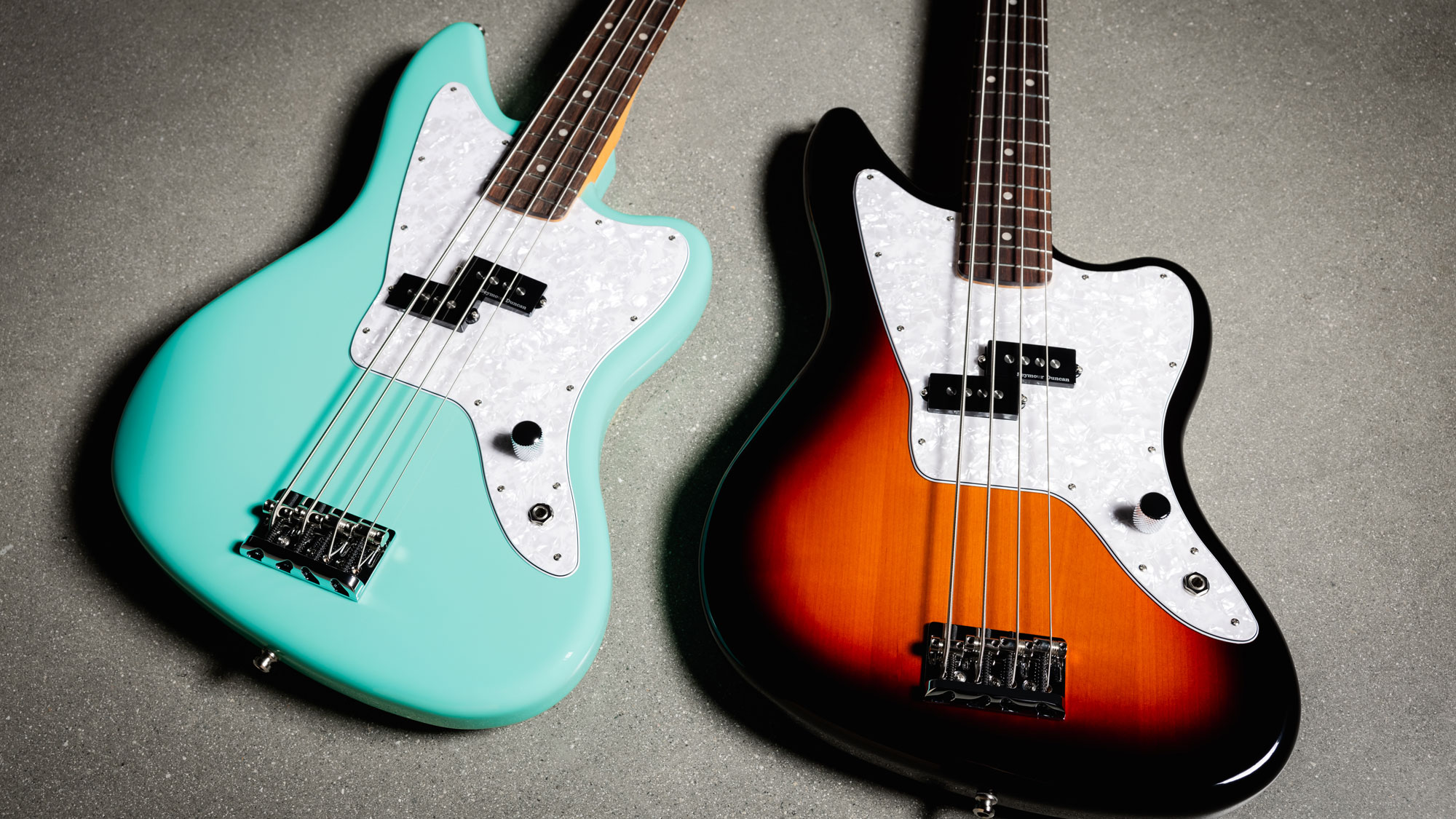
“The E and A strings sounded a bit wooly compared to the D and G strings, which sounded doinky,” he says of the regular P-Bass orientation.
“Inverting the pickups puts the one under the E and A strings closer to the bridge, which gives them a bit more bite and punch, while the pickup under the D and G strings is closer to the neck, allowing it to catch more of the swing in those strings, giving them a bit deeper, fuller tone.”
For more information on the Limited Edition Mark Hoppus Jaguar Bass, head to Fender.com.

Mike is Editor-in-Chief of GuitarWorld.com, in addition to being an offset fiend and recovering pedal addict. He has a master's degree in journalism from Cardiff University, and over a decade's experience writing and editing for guitar publications including MusicRadar, Total Guitar and Guitarist, as well as 20 years of recording and live experience in original and function bands. During his career, he has interviewed the likes of John Frusciante, Chris Cornell, Tom Morello, Matt Bellamy, Kirk Hammett, Jerry Cantrell, Joe Satriani, Tom DeLonge, Ed O'Brien, Polyphia, Tosin Abasi, Yvette Young and many more. In his free time, you'll find him making progressive instrumental rock under the nom de plume Maebe.



